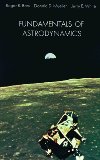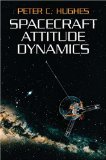NASA JPL dicit:
NASA and the European Space Agency are developing plans for one of the most ambitious campaigns ever attempted in space: bringing the first samples of Mars material safely back to Earth for detailed study. The diverse set of scientifically curated samples now being collected by NASA’s Mars Perseverance rover could help scientists answer the question of whether ancient life ever arose on the Red Planet.
Bringing samples of Mars to Earth for future study would happen in several steps with multiple spacecraft, and in some ways, in a synchronized manner. This short animation features key moments of the Mars Sample Return campaign: from landing on Mars and securing the sample tubes to launching them off the surface and ferrying them back to Earth.
Credit: NASA/ESA/JPL-Caltech/GSFC/MSFC









 Subscribe to blog posts using RSS
Subscribe to blog posts using RSS










